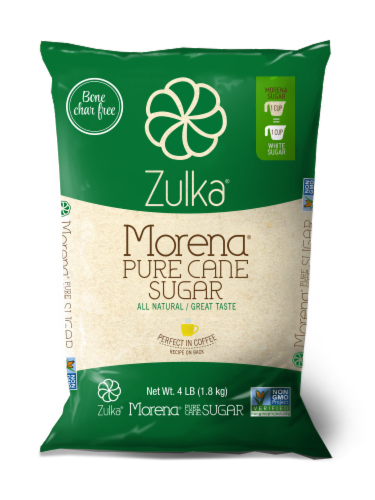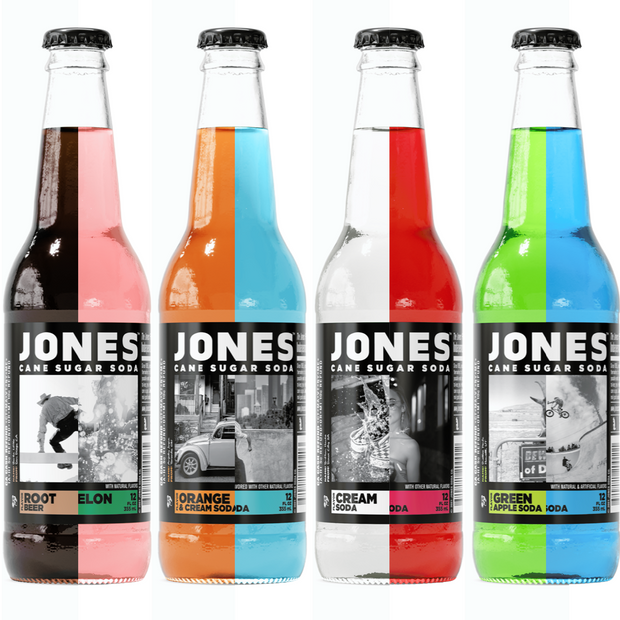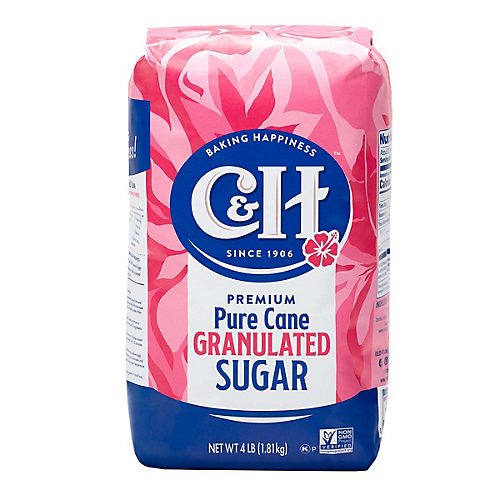Cane Sugar Processing: From Field to Table-- A Step-by-Step Overview
Cane Sugar Processing: From Field to Table-- A Step-by-Step Overview
Blog Article
Exploring the Comprehensive Tips Entailed in Walking Stick Sugar Processing From Harvesting to Improvement
The procedure of cane sugar manufacturing encompasses a series of complex steps, starting with the mindful harvesting of sugarcane and culminating in the refinement phases that make sure the final item fulfills sector criteria. Each stage, from the extraction of juice to the purification and formation processes, plays an important role in figuring out the quality and personality of the sugar.
Collecting Sugarcane
Harvesting sugarcane is a vital action in the walking stick sugar handling chain, as it straight influences the high quality and yield of the final product. Proper timing and techniques are vital during this phase to guarantee ideal sugar content and reduce losses. Usually, sugarcane is gathered when it reaches maturity, typically 12 to 18 months after planting, characterized by a high sucrose focus.

Post-harvest, the sugarcane must be refined promptly to protect against sucrose destruction. Preferably, gathered cane should be transferred to processing centers within 1 day to protect sugar quality. For that reason, effective logistical preparation is critical to preserve the integrity of the harvested plant throughout the supply chain.
Extraction Process

The smashed walking cane goes through a collection of pressing procedures to optimize juice recuperation. Usually, warm water is splashed onto the crushed cane, producing a countercurrent circulation that assists dissolve the sugar while also aiding in the removal process. The juice collected from this procedure has not just sugar but additionally numerous organic substances and pollutants.

To improve removal performance, some centers might use diffusion methods, where the sugarcane is saturated in warm water, permitting the soluble sugars to diffuse into the liquid. The resulting juice, abundant in sucrose, is after that directed to succeeding handling stages, laying the structure for purification and refinement. The removal process is hence essential in determining the top quality and yield of the last sugar item.
Filtration Strategies
The purification strategies employed in cane sugar processing are necessary for changing the raw juice into a top notch sugar item. These techniques mainly aim to remove impurities, such as dirt, plant products, and not natural compounds, which can negatively affect the final item's taste and shade.
Among one of the most usual filtration methods is information. This process involves including lime and warmth to the raw juice, which promotes the coagulation of pollutants. The resulting precipitate is then removed via sedimentation or purification, producing a more clear juice. Furthermore, the read what he said use of phosphoric acid can enhance the clarification procedure by more binding pollutants.
An additional substantial method is carbonatation, where co2 is introduced to the clarified juice. This response produces calcium carbonate, which records staying contaminations and promotes their elimination.
Moreover, activated carbon treatment might be put on adsorb any kind of remaining colorants and natural impurities, making certain a more polished product. The combination of these approaches efficiently prepares the sugar juice for succeeding action in the refining procedure, setting the phase for the production of premium cane sugar.
Condensation Approaches
After the purification stage, the next critical step in walking cane sugar processing entails crystallization techniques, which play a crucial role in changing the cleared up juice right into strong sugar. This process normally uses two primary techniques: spontaneous formation and regulated crystallization.
In spontaneous condensation, supersaturated sugar remedies are enabled to cool down normally, leading to the formation of sugar crystals over time. This method allows for the consistent development of sugar crystals and higher pureness.
Throughout crystallization, the clarified juice is concentrated via evaporation, increasing its sugar web content till it gets to supersaturation. When this point is attained, either approach can assist in the formation procedure. Cane Sugar Processing. The resultant sugar crystals are then separated from the continuing to be syrup through centrifugation
Eventually, the selection of crystallization technique affects the high quality, size, and purity of the final sugar product, making this step essential in the overall cane sugar processing procedure.
Improvement and Product Packaging
Just how can the purity and top quality of cane sugar be further improved after crystallization? The improvement process plays a crucial function in achieving high-grade walking stick sugar.
Next, the sugar goes through a process called centrifugation, where it is rotated at high speeds to divide the cleansed sugar crystals from the remaining fluid. After centrifugation, the sugar is commonly further improved through an approach called carbonization or phosphatation, which makes use of activated carbon or phosphoric acid to remove shade and off-flavors.
Once improved, the click now sugar is dried to attain the desired moisture web content, making sure that it remains stable during storage and transport. The final step includes packaging the visit this website polished sugar in impermeable and moisture-proof containers to keep its quality and avoid contamination. Cane Sugar Processing. Appropriate product packaging not just prolongs rack life but also helps with simple handling and distribution, making certain that consumers obtain sugar that meets the highest standards of purity and quality
Conclusion
The extensive steps involved in cane sugar processing, from the meticulous harvesting of sugarcane to the intricate refinement and packaging stages, underscore the importance of each phase in ensuring premium sugar production. Ideal harvesting methods, effective removal techniques, and extensive purification processes jointly contribute to the end product's pureness and security. The crystallization and succeeding product packaging methods even more enhance the honesty and service life of the sugar, highlighting the complexity and precision inherent in this essential farming market.
The process of cane sugar production incorporates a series of elaborate steps, starting with the cautious harvesting of sugarcane and culminating in the improvement phases that guarantee the final item fulfills market requirements. Ideally, gathered cane should be transported to processing centers within 24 hours to maintain sugar top quality.In spontaneous crystallization, supersaturated sugar solutions are allowed to cool down naturally, leading to the development of sugar crystals over time - Cane Sugar Processing. The refinement procedure plays a critical function in achieving top quality walking cane sugar.The detailed steps involved in walking stick sugar handling, from the precise harvesting of sugarcane to the detailed refinement and product packaging stages, emphasize the importance of each stage in ensuring top notch sugar production
Report this page